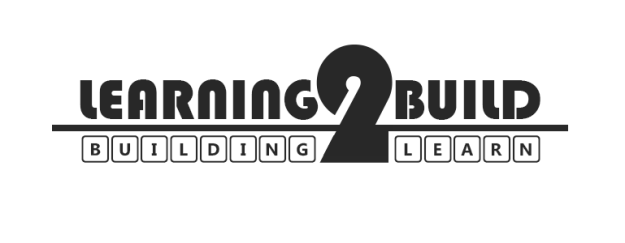
A very interesting professional collaboration is in the works. While I’m not going to discuss the specifics of the work itself in this post, I am going to discuss the fascinating manner in which this work is occurring and the potential for this work to be a model for others who are also similarly aligned.
We let our avocation be our vocation.
I get annoyed with colleagues who suggest my wee hour weekend tweets are evidence of a work-life imbalance. When you do what you love for a living, you simply get paid a portion of the time you are doing the thing you love: you still do what you love 24/7. Michael tweeted his close-reading work surrounding “Royals” Thursday evening; Kristen and I discussed the creation of a mini-unit Friday afternoon. Kristen reached out both to me, her collaborator, and Michael, the originator of the material, with one fell swoop on Twitter Friday evening. With this one sub-140 character action, a team had been assembled.
We use a variety of collaboration tools to suit the task at hand.
After browsing Michael’s work, I saw what Kristen did: that he had already done a lion’s share of writing text-dependent questions and finding entry points into the text that we might now build upon. Because of our itinerant coaching assignments, Kristen and I don’t actually work face-to-face, elbow-to-elbow like we did on Friday more than once a month. Not to be stymied by physical distance, I suggested we work in Google Docs too, and Kristen agreed. We had connected to each other and to the material on Twitter, but recognizing that ongoing collaboration can be clunky in 140-character messages, had migrated to Google Docs, matching the right tool to the task at hand.
We literally speak the same language.
A strength of the Common Core is certainly this: that educators everywhere now speak the same language. When Michael expressed a curiosity with what Kristen and I might be building on top of his work, I was able to communicate it to him clearly and succinctly. It turns out he’s from Buffalo, an hour or two from us; but he could have been from California. I was able to get Michael up to speed in less than 140 characters, even, knowing that either he’d know what RL2, RL7, and RL9 were, or that he wouldn’t – but would recognize them as standards and go look them up. Because of this common language, we could all access the same schema regarding expectations for students, and could move immediately into the work of building the unit, not the ceaseless talking about building the unit.
We value the collaboration of like-minded individuals.
None of this tech-enabled collaboration surprised me up until this point. Of course Kristen was thinking about the mini-unit Friday evening, and of course she saw Michael’s tweet with fresh eyes after that conversation. Of course she forwarded it to me and of course I browsed it, loved it, and then set up a Doc on which we can collaborate.
But I didn’t expect Michael to want to collaborate with us.
And in retrospect, I shouldn’t have been surprised. I wonder how many other opportunities to collaborate in this manner – asynchronously, with someone from outside your district or organization, and using only collaborative technologies – I’ve missed, simply because I didn’t know to look for them.
Conditions for Success
The work that is resulting — a mini-unit tailored to the needs of a specific subset of the student population — wouldn’t be possible without collaborating with others, using a variety of collaboration tools to fulfill various tasks, speaking a common language surrounding goals and practice, and making one’s passion one’s life work.



